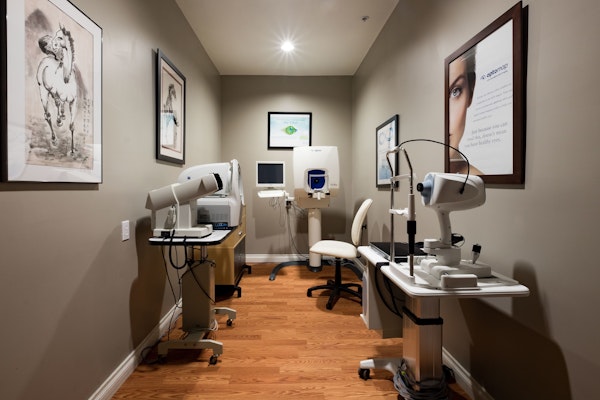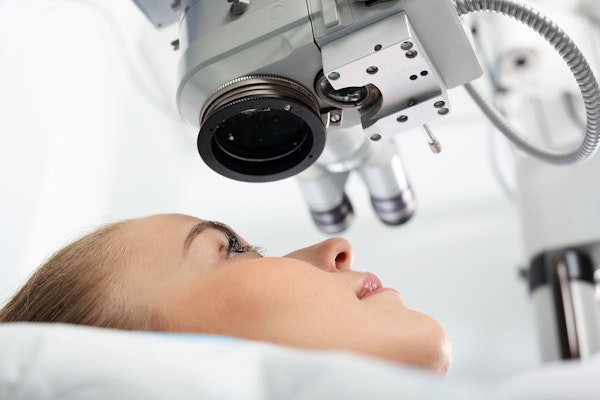
Optometry
An optometrist is a dedicated eye doctor who helps preserve your vision health by diagnosing, treating, and managing your condition.
Optometry covers every aspect of eye care, including correcting vision errors such as nearsightedness in children and adults.
How do I know if I need to visit an optometrist?

- Astigmatism
- Cataracts
- Color Blindness
- Conjunctivitis (Pink Eye)
- Corneal Diseases
- Dry Eyes
- Excess Tearing
- Eyelid Problems
- Eyestrain
- Farsightedness
- Floaters and Flashes
- Glaucoma
- Lazy Eye
- Nearsightedness
- Night Blindness
- Presbyopia
- Problems With Contact Lenses
- Red Eyes
- Retinal Disorders
- Strabismus
- Styes
- Uveitis
- Vision Changes
An Eye Doctor Offers Comprehensive Care for All Patients
Special Training
Doctors must go to optometry school for four years and pass several exams before they can become licensed as optometrists. Some also complete a one-year residency after their education. If you are having problems with your vision, you want to see an optometrist, who has the training to diagnose and treat your unique symptoms.
Advanced Technology
Eye care professionals have tools and technology at their disposal that your primary doctor does not. These include corneal topographers and retinal cameras. This state-of-the-art technology allows your doctor to give you a more accurate diagnosis and plan your treatment.
Improve Your Vision
If you are one of the 6 in 10 people who need glasses or contacts to correct myopia, hyperopia, or astigmatism, an optometrist can test for the exact degree of refractive error to provide lenses that help you see the world clearly again. They can also help you non-surgically manage more serious eye conditions with medication or refer you to a trusted ophthalmologist for surgical treatment.
- Conjunctivitis Treatment
- Contact Lenses
- Corneal Cross-Linking
- Dry Eye Treatment
- Eye Drops
- Eye Glasses
- Eye Exams
- Vision Therapy
Familiarize Yourself with the Tools an Optometrist Uses
Technology plays an important role in an optometrist's office. From the moment you arrive for your eye exam, you will notice your optometrist using advanced equipment to dictate the course of your exam, diagnose any outstanding ocular issues, and prescribe the most appropriate treatment. Some of the technology that might be used during your upcoming exam includes:
- Auto-Refractor Keratometer
- Corneal Topographer
- Ocular Coherence Tomography (OCT)
- Keratometer
- Ophthalmoscope
- Pachometer
- Phoropter
- Refractor
- Retinal Fundus Camera
- Snellen Chart and Chart Projector
- Slit Lamp
- Tonometer
- Visual Field Analyzer
Beyond diagnostic equipment, an optometrist is able to provide advanced medication, eye drops, and eyewear to treat your unique condition.
Personalized comprehensive eye examinations by a doctor of optometry are an important part of general preventive health care. In addition, changes in refractive status can be an underlying symptom of a number of eye or systemic conditions. Systemic diseases can also be detected through comprehensive eye exams. In fact, 240,000 cases of diabetes were first detected by an eye doctor in 2014. American Optometric Association
It's Never Too Late to See an Optometrist
The American Optometric Association recommends bringing your child to an optometrist as early as six months old. As you get older, your risk of eye-related eye disease such as cataracts also increases. Therefore, visiting an optometrist should be an important part of your wellness plan, no matter how old you or your children are. Regular eye exams with an optometrist ensure early diagnosis and treatment of eye conditions, so schedule your appointment today.









